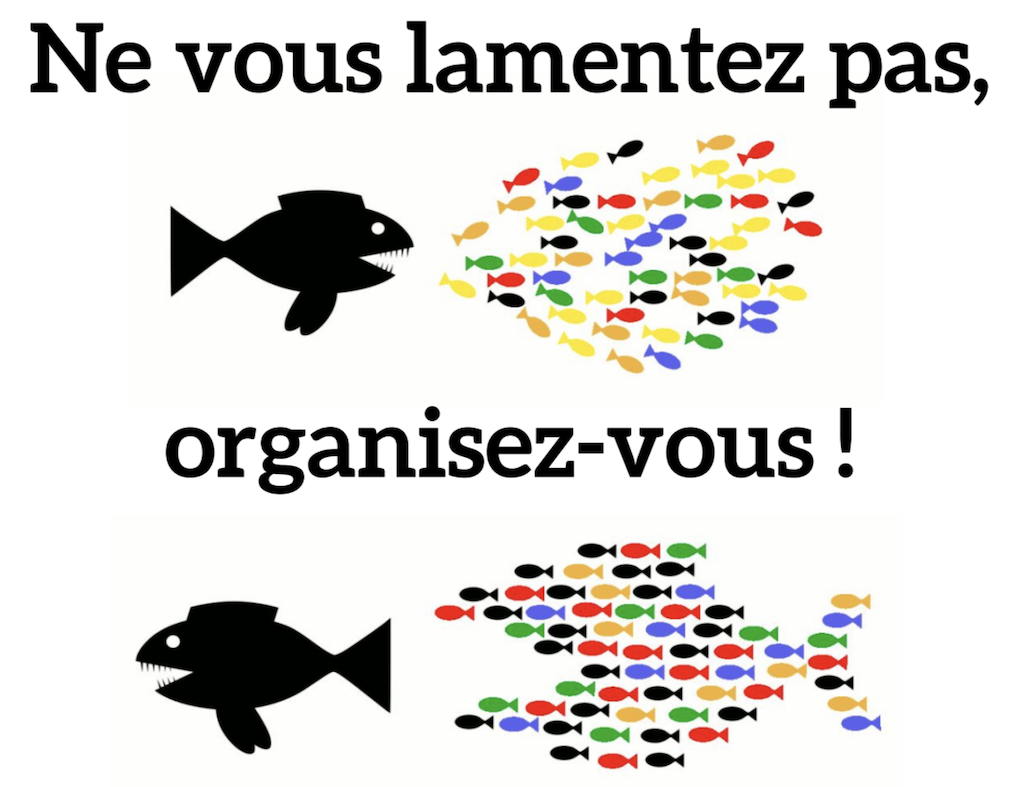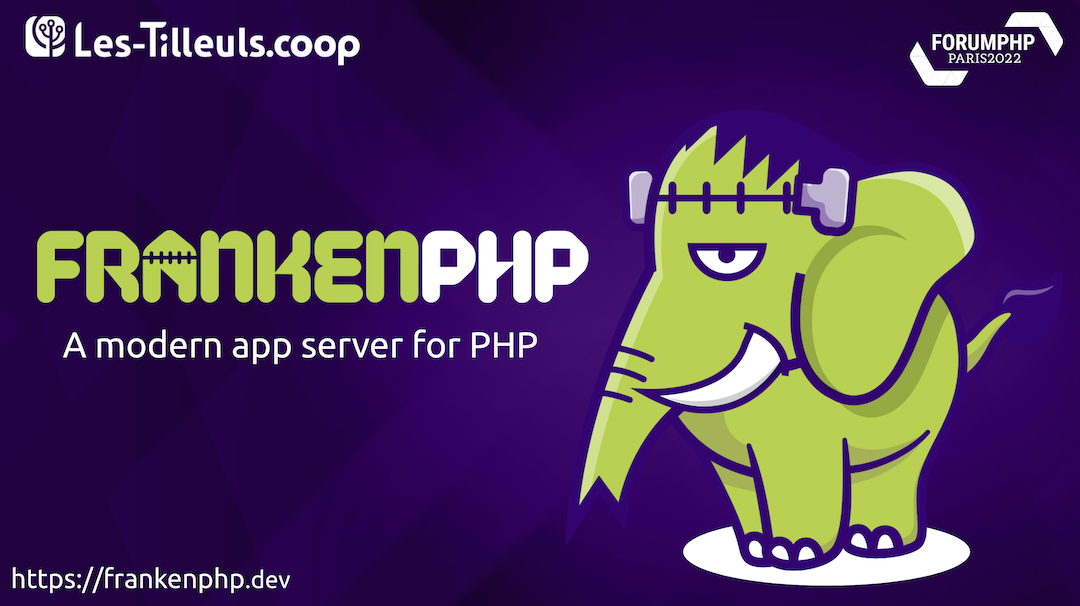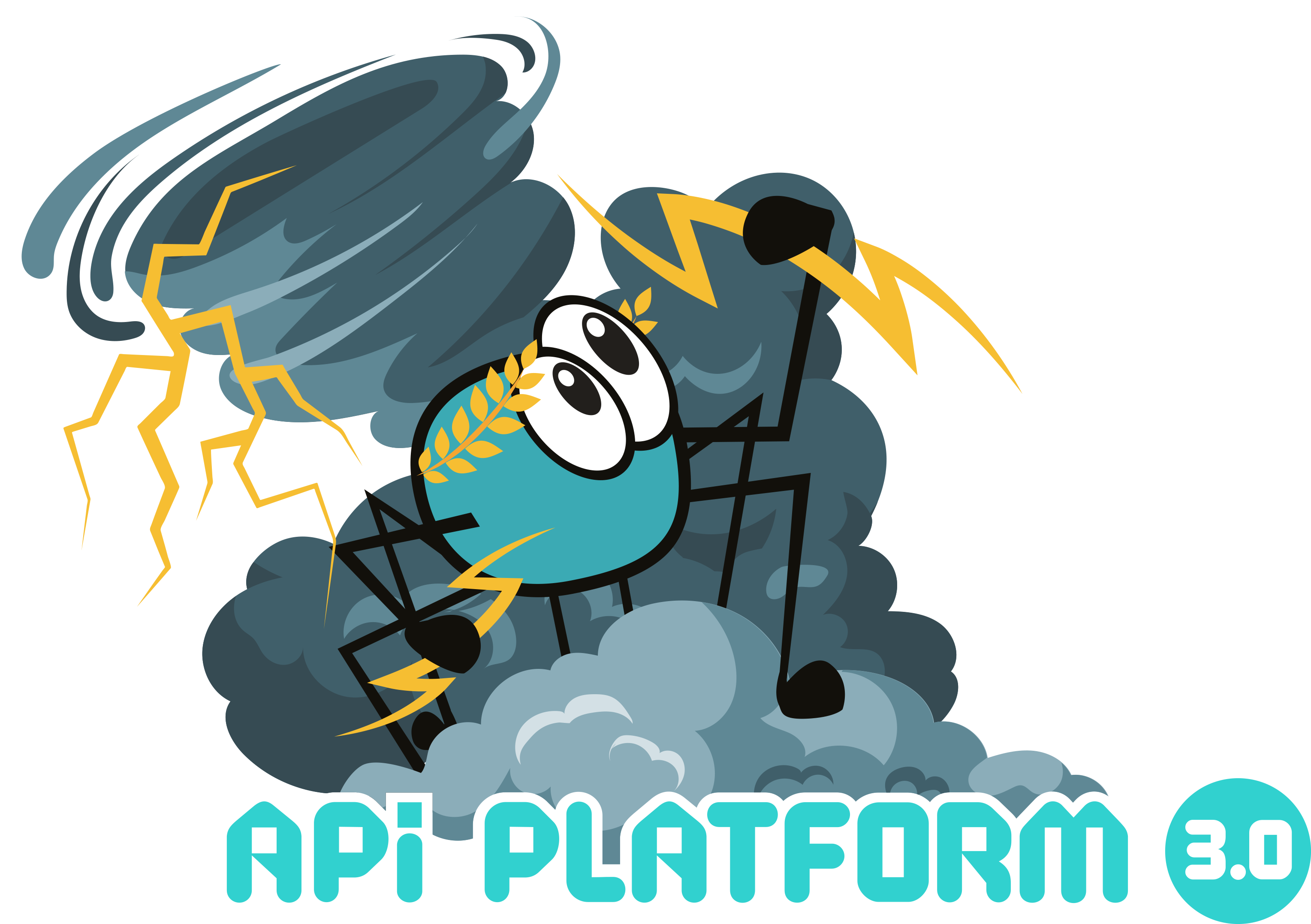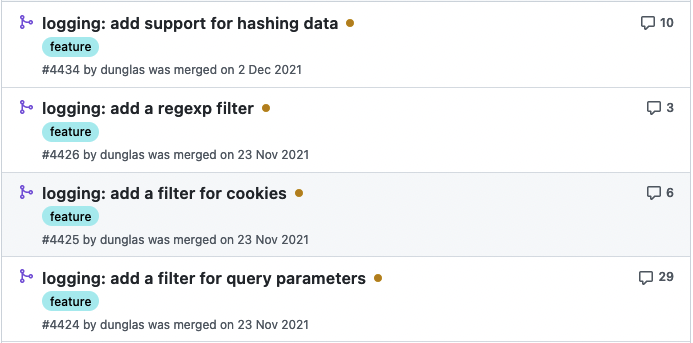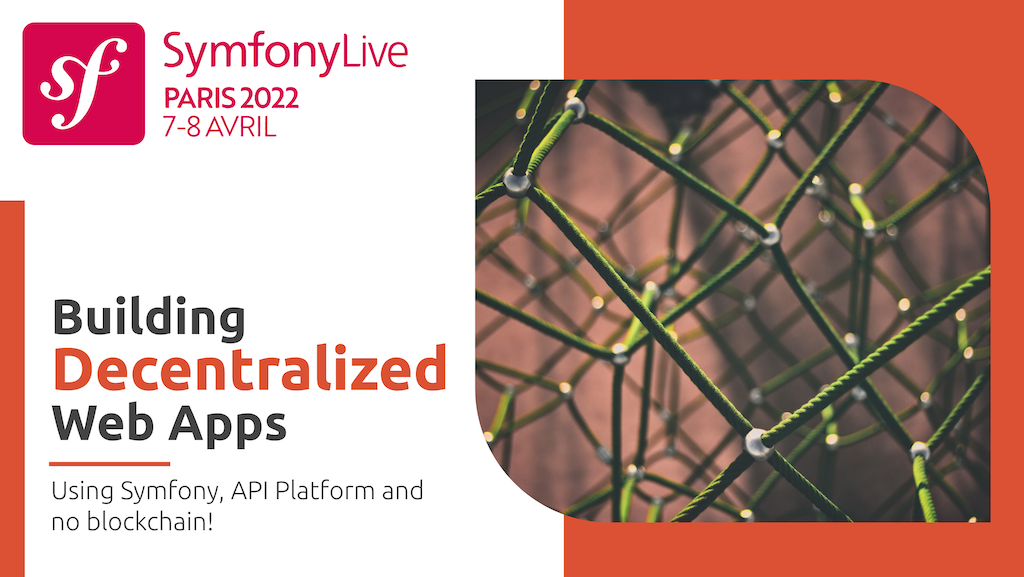I’m a Mac user, but I use Docker, Kubernetes, and remote Linux servers a lot. I also write C programs that are primarily targeted at Linux. As you may know, macOS is based on Darwin, a free UNIX system that shares some of its code and man pages with FreeBSD. However many commands and C…
Ne vous lamentez pas, organisez-vous !
Intervention réalisée avec Anne Lesouef, coprésidente de l’Offensive et présenté lors de la première conférence onestla.tech. La tech a pris le pouvoir. Au cours des dernières décennies, le secteur des nouvelles technologies est devenu la locomotive de l’économie mondiale. La révolution de l’IT a permis à quelques ingénieurs devenus capitaines d’industrie de s’enrichir comme jamais…
FrankenPHP: The Modern Php App Server, written in Go
Today I released FrankenPHP during the ForumPHP conference. FrankenPHP is a new app server for PHP apps (built on top of Caddy) and a library to embed the PHP interpreter in Go web servers. Key features: Learn more in this slide deck, on the website and on GitHub! SymfonyCon version: Recording of the talk (in…
API Platform 3 Is Released!
Antoine Bluchet and I have just released the new major version of API Platform during the opening keynote of the API Platform Conference! As usual, API Platform 3 can be downloaded directly from our GitHub page. This version comes with many major features that are being presented at the conference. Say hello to API Platform…
Mercure 0.14: Major Performance Improvement and New Features
I’m very pleased to announce the immediate availability of the Mercure.rocks hub version 0.14. Mercure is a free and open-source solution for real-time communication. With Mercure, securely push data to all your connected users with a simple POST request. No third-party library or SDK is required: the browser (or any other type of client) receives…
Securely Access Private Git Repositories and Composer Packages in Docker Builds
When working on enterprise projects, it’s common to have to download private dependencies that require authentication to be installed (usually, internal or paid packages). In modern setups, you’ll most likely use Docker to package your application (or service) and all its dependencies into a standalone image. Typically, building the Docker image is automated through a…
Goroutines, threads, and thread IDs
If you attended AFUP Day 2022, you might know that I am currently working on a PHP module for web servers written in Go. While testing my upcoming library, I encountered strange memory access issues related to the threads created by the Go runtime (you know, cgo…). By default, the Go scheduler runs many goroutines…
New in Caddy 2.5: Redact Sensitive Data from Your Logs
Caddy is the rising star of web servers. It is fast, easy to configure, fully featured (automatic TLS certificate generation and renewal, HTTP/3, cloud-native, config hot reloading…), and secure (it is written in Go, not in C). Thanks to its unmatched extensibility that makes it a top-notch app platform, Caddy has a thriving ecosystem! To…
Building Decentralized Web Apps with Solid and PHP
At SymfonyLive Paris, I introduced a new PHP library to build Solid applications: Solid Client PHP. In this presentation, I present the Solid protocol and how it could give back the control of their personal data to end-users. View the recording (slides in English, talk in French). This presentation is about decentralized web applications, but…
JSON Columns and Doctrine DBAL 3 Upgrade
Version 3 of the popular Doctrine DBAL library has been released at the end of 2020, almost 10 years after the initial release of version 2. In September 2021, Doctrine ORM 2.10 added support for DBAL 3, while still supporting DBAL 2 at the same time. Versions prior to 2.10 aren’t compatible with DBAL 3….

